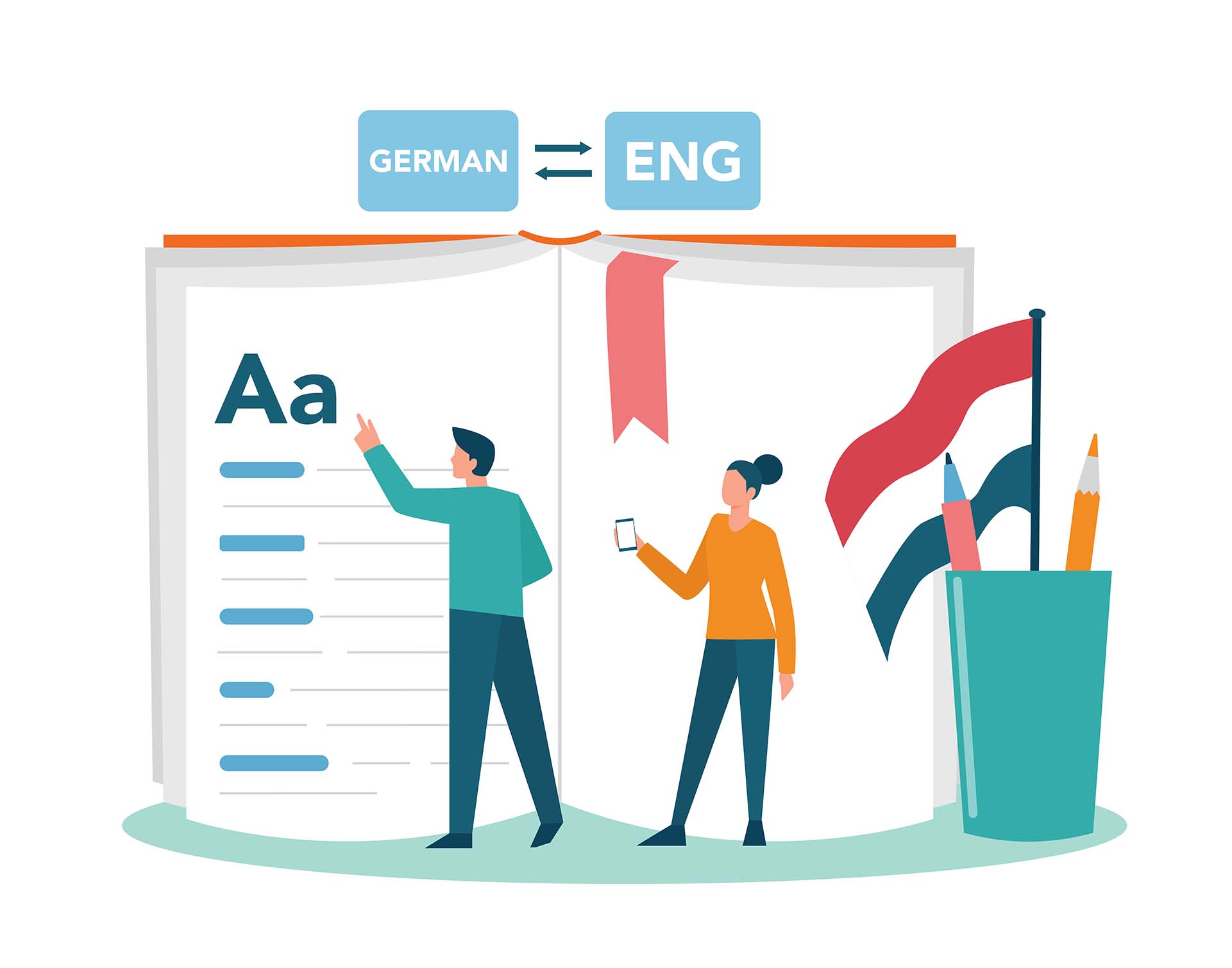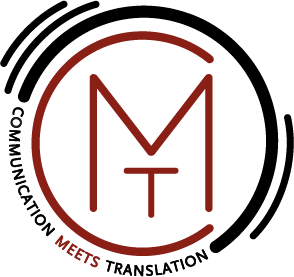Simultaneous interpreting
Simultaneous interpreting is one of the best-known methods of interpreting. Everyone has seen videos of conventions or institutional conferences with booths for interpreters, who provide a real-time translation into another language for an audience that does not know the speaker’s language.
Thanks to its technical partners for the necessary equipment and a pool of professional interpreters who cover various language combinations, CMT is the ideal partner for organising your multilingual event with simultaneous translation.

How does simultaneous interpreting work?
In simultaneous interpreting, the speaker talks in their own language for an audience that, in whole or in part, does not speak the same language.
Simultaneous interpreters receive the speaker’s audio into their headphones and translate in real time into the language of the audience, who hears the translation through infrared receivers equipped with headphones. This way, unlike consecutive interpreting, the translation does not affect the duration of the event since the speaker and interpreter are talking at the same time.
This happens through various simultaneous processes:
- listening to and understanding the speaker
- formulating the translation mentally
- enunciating the translated words
- controlling the vocal output so that the speech is coherent, grammatically correct and easy on the ear
This process takes place in a continuous flow, so while interpreters are translating a sentence (all the while making sure it is correct and fits nicely into the speech), they are already listening and mentally processing the next sentence.
These complex mental gymnastics require years of study and practice, which is why you should always rely on professional interpreters for simultaneous translation.
Simultaneous interpreters usually work in pairs, switching places every 20-30 minutes to ease the mental load and provide terminological support as their partner works, thus guaranteeing a high-quality service throughout the entire event, whether it lasts two hours or an entire day.
Equipment: simultaneous interpreting in booths, using bidules or remotely
Simultaneous translation can be carried out with the support of various technological solutions:
- the translation booth
- the bidule system
- remotely, using RSI (Remote Simultaneous Interpreting) enabled platforms.
The interpreting booth acoustically insulates the interpreter and can be installed in the conference hall so that interpreters can see the speakers. Alternatively, the system can be set up in another work area, installing a closed-circuit video system to provide visibility of the speakers.
Inside the booth, interpreters translate using a console with a microphone and the audience listens using receivers with headphones or even specific apps from the comfort of their own phone. The interpreting console makes it possible to manage several language flows thanks to the option to set up a booth for each combination, creating multilingual translation via a dedicated channel for each language.
On the other hand, the bidule system is a portable simultaneous translation system. Interpreters translate using a transmitter with a microphone and the audience listens to the translation through receivers with headphones.
This system is very useful, for example, for guided company tours, meetings with few participants or events organised in spaces where a booth cannot be installed. Unlike the booth, however, the bidule does not guarantee soundproofing for the interpreter.
Simultaneous interpreting can also be provided remotely using systems enabled for RSI, or Remote Simultaneous Interpreting. CMT can provide its customers with:
- organisational consulting to choose the best method for your event
- technical assistance during preparation of your chosen system for RSI
- audio management with specialist sound technicians
and professional conference interpreters who manage the remote simultaneous translation - The Hub, an option where interpreters do not need to be on site, working instead from a simultaneous translation booth at our offices to guarantee maximum network efficiency, high-quality audio and technical support for the entire duration of the event

When to choose simultaneous interpreting
Simultaneous translation is widely used at specialist conferences and conventions, training courses, TV interviews, institutional events, product presentations and launches, guided company tours, bilateral meetings, seminars and workshops, round tables, interviews and meetings to manage and prepare projects. Whatever your event, CMT has the solution to make it multilingual and accessible to your entire audience.

